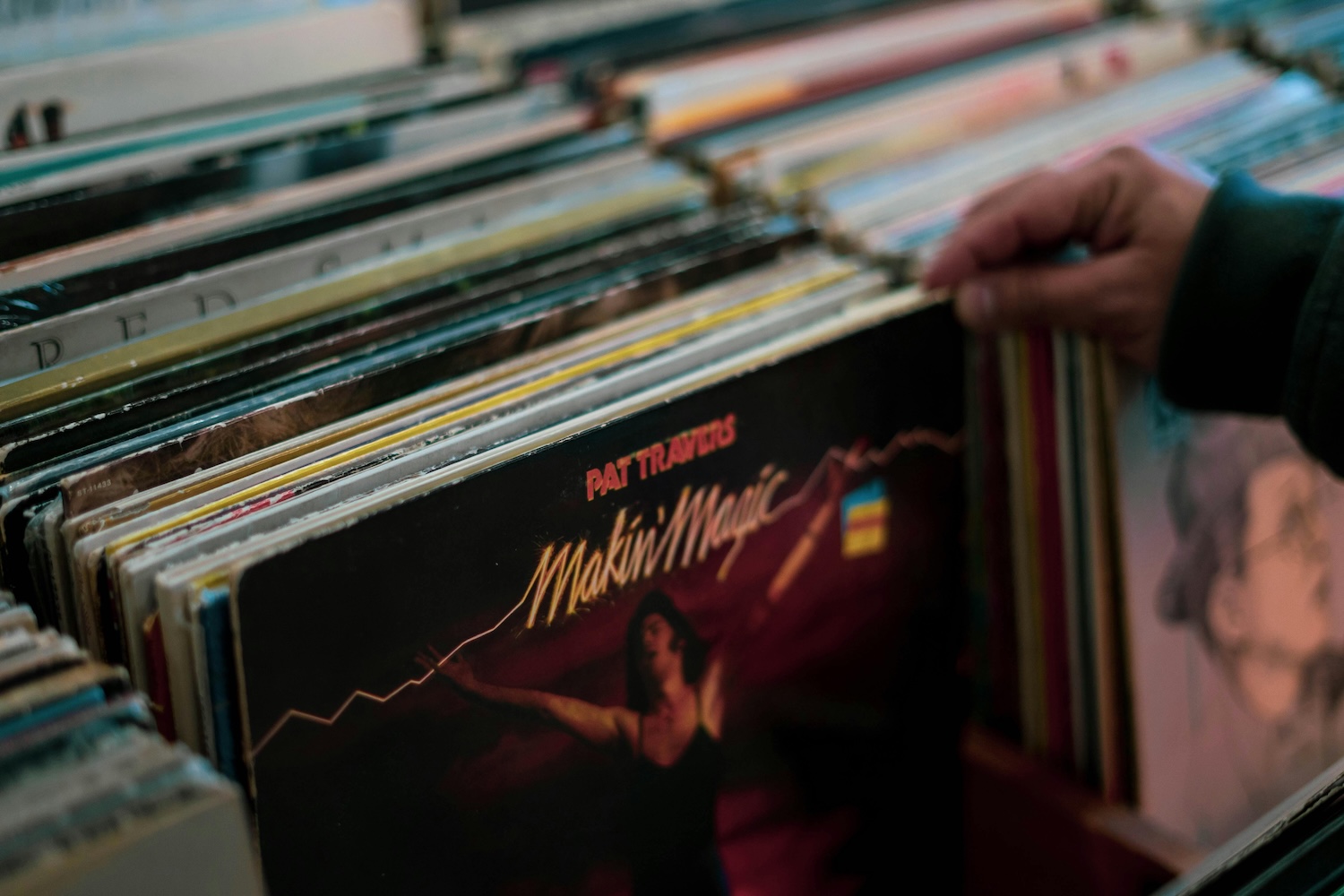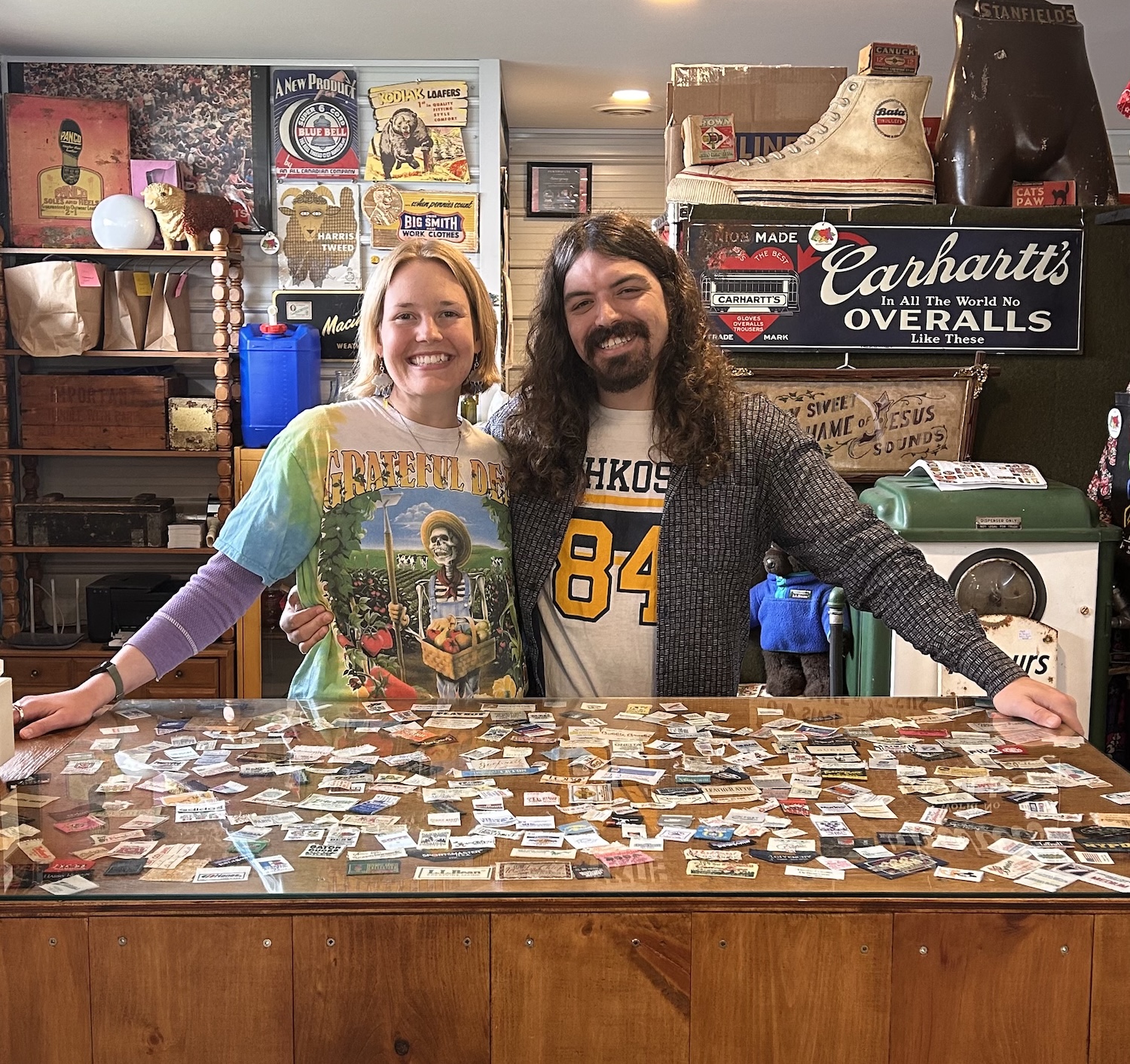
How cleaning vintage decor affects resale prices
Resellers charge more than a thrift store, because they're adding value through services like sourcing, repair and cleaning. Here, the owner of Fox & Phoenix Vintage explains how cleaning affects her pricing strategy
Secondhand shopping may be more popular than ever, but the stigma that the products are “dirty” because they’re used still exists — and some sellers want to highlight the fact that cleaning comes with their service.
Cleaning is just one of the many value-added tasks a reseller provides that helps to determine the price of vintage and thrifted products in today’s market, says Lesley Metcalfe, owner of Fox & Phoenix Vintage.
“Cleaning is important for resellers because it’s respectful to the customer,” she says. “If I’m going to be selling something that’s secondhand, that doesn’t mean that customers need to get secondhand dust, or secondhand dirt.”

Lesley, who’s known among the Instagram community as the “Mirror Queen,” operates her Toronto-based online shop on Instagram and Etsy and occasionally participates in local markets. Her inventory of glassware, mirrors, brass and other vintage decor pieces is not only carefully curated, but carefully cleaned as well. She also performs minor repairs, such as gluing unravelling wicker.
And it shows in her listing photos: the pink Depression glass sparkles, the gilded-frame mirrors look good-as-new, the tightly glued peacock chairs inspire confidence that they’ll weather a thousand more sittings.

Cleaning affects price
Lesley goes so far as to unscrew vintage mirrors from their frames, provided they’re not too fragile or permanently affixed, and uses an airbrush gun to clean out built-up dust.
During some of these deep cleans, she’s discovered dead insects and/or their detritus hidden within the mirror. Spiders can sometimes crawl into the space between the glass and the frame. (Sounds icky, but it happens with new mirrors, too.)
Continued below
Get promotional opportunities for your vintage shop
Learn more
Continued from above
Lesley says that while the likelihood of someone purchasing a vintage mirror from her shop and opening up the frame to discover a spider sac is unlikely, she doesn’t want her customers to inherit old debris. Once, she unwrapped vintage glassware she’d purchased to find a dead insect in the bottom of one of the glasses.
“I don’t want anyone to have that experience when they’re buying something from me,” she says. “If I’m going to price a mirror at say, $125, you should hope it’s clean and presentable and doesn’t have bugs in it. Otherwise, I might charge a little differently.”

Most of Lesley’s mirrors run between $70 to $125, depending on size. That fee may seem steep to some for a used item, but these mirrors are not sold in as-is condition.
Aside from the sourcing, cleaning and styling both factor into the price, as do the mirror’s age, maker, provenance and condition. Lesley will often replace broken pieces or rusty screws.
On a recent trip to Home Depot, Lesley saw a new mirror priced at $200. It was around the same size as her most expensive one, plain and rectangular with a metal frame and a brushed-gold painted border.
“Mirrors are so expensive, and at $200, that’s actually a steal for a brand-new mirror,” she says. “So when you look at the comparison of vintage versus brand new, you’re still getting a great deal.”

Staying open-minded
Lesley says shoppers worried about cleanliness when buying vintage should consider the products they buy new, too.
“If you’re shopping in a store like HomeSense, just think of how many people touched that item before it got to you,” she notes.
“You have the manufacturing, the packing, the shipping, the unpacking and putting it on the shelf. And then you have all of the customers who have picked it up and handled it and put it back on the shelf because they decided they didn’t want it.”
That doesn’t mean that secondhand goods aren’t sometimes dirty, or that they don’t contain less-than-desirable debris like dust or stains. “But what if it could be cleaned?” Lesley asks.
“If anyone does have an issue with a product being secondhand or ‘dirty,’ here I am, offering the cleaning to the best of my ability.”
Cleaning tips
Lesley Metcalfe shares some of her best vintage decor cleaning advice with us in a FREE downloadable tip sheet called Cleaning Vintage Products: Decor Edition. Download it now!
What are your best cleaning tips? Let us know in the comments!
Thank you for valuing our work!
Support our work to see this page.
You’ve got a good eye, but this gem is only available for members. Register for a plan or upgrade your current one to peek behind this vintage curtain, or log in below.















